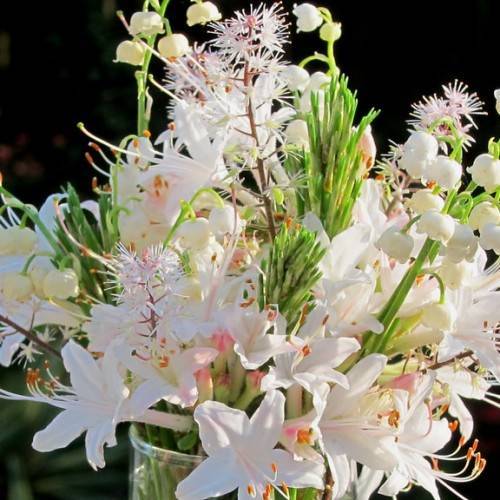
foam flower
Tiarella 'Spring Symphony'
Cycle:
Herbaceous Perennial
Watering:
Average
Hardiness Zone:
4 - 9
Flowers:
Flowers
Sun:
Part shade,full shade
Leaf:
Yes
Growth Rate:
Low
Maintenance:
Low
Drought Tolerant:
Yes
Care Level:
Medium
watering
Foam flower requires regular watering when first planted to help establish the roots. After the plant is established, it will require 1 to 2 inches of water per week, either all at once or divided into 2 or 3 waterings. This can be done either with an automatic irrigation system or by hand. In spring and summer when temperatures are warmer, water more frequently. In colder months, reduce your watering schedule to once every 1-2 weeks. Make sure the soil is not too wet or soggy; allow the top 2-3 inches to dry out between waterings.
sunlight
The foam flower, Tiarella 'Spring Symphony', is a shade-loving perennial plant species that will do best with bright but indirect sunlight. The plant should receive 4 hours of sunlight each day, preferably in the morning. This enables the plant's foliage to remain colorful and lush. Too much sun will cause the foliage to become chlorotic and wither quickly, while too little sunlight may cause the plant not to flower. Providing the recommended amount of sunlight should help the foam flower to thrive and create beautiful flowers in early spring.
pruning
Foam flower (Tiarella 'Spring Symphony') is an herbaceous perennials species and should be pruned in the late winter/early spring. Pruning should involve the removal of the old foliage, at ground level, in order to allow the new growth to have the space to develop. Pruning should also involve the removal of any stolons (above-ground runners) that may be present. Any branches that have died or are thin in growth should also be removed at this time. In general, this type of pruning should be done lightly, since overwintering buds will break dormancy more easily on healthy branches and stems.
